Best Day Trade Indicators for 2022.. Matt's Favorite Indicators
The best trading indicators give you all the details without any hassle. They act as your comrades in trading, assessing the price chart, and enhancing your investment objectives.

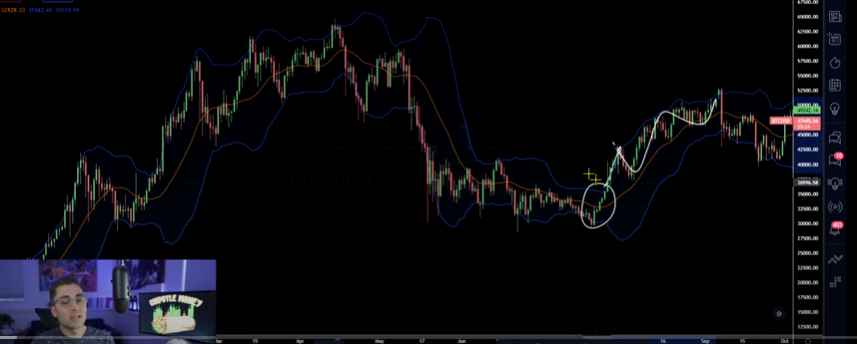
There are a bunch of technical indicators out there, which solidify your trading strategy by taking things to the next level. What those trading indicators do is that they strengthen your particular day-to-day approach towards things.
There are some of those trading indicators out there, which may be just the ones you need to form a viable technical analysis. However, as the saying goes, there may simultaneously be some lagging indicators.
You have to see what works for you in all of the above situations. What may be considered the best technical indicators for others may not necessarily be the case for you. Hence, to keep things entirely simple for, in this article, we bring to you the most popular trading indicators out there, which can revitalize your trading journey and give you a better idea of market conditions.
Now that we have dealt with the above, let us shed light on a few essential concepts before we proceed further and begin our discussion on these technical indicators :
What is meant by "Sell Signals"?
These can be classified as anything which alerts sellers regarding the viability of trading an asset. Usually, these signals are based on some fundamental analysis.
Not only this, but they are also automated, where during day trading, the seller will only get an alert, after which they will have to proceed to sell order manually.
What are Support and Resistance Levels?
The two terms "support" and "resistance" levels are used as a reference to their respective levels on a price chart. On the one hand is:
The Support Level: The price level eventually bounces back up and stops falling.
The Resistance Level: Here, the price, rather than rising, continues to dip.
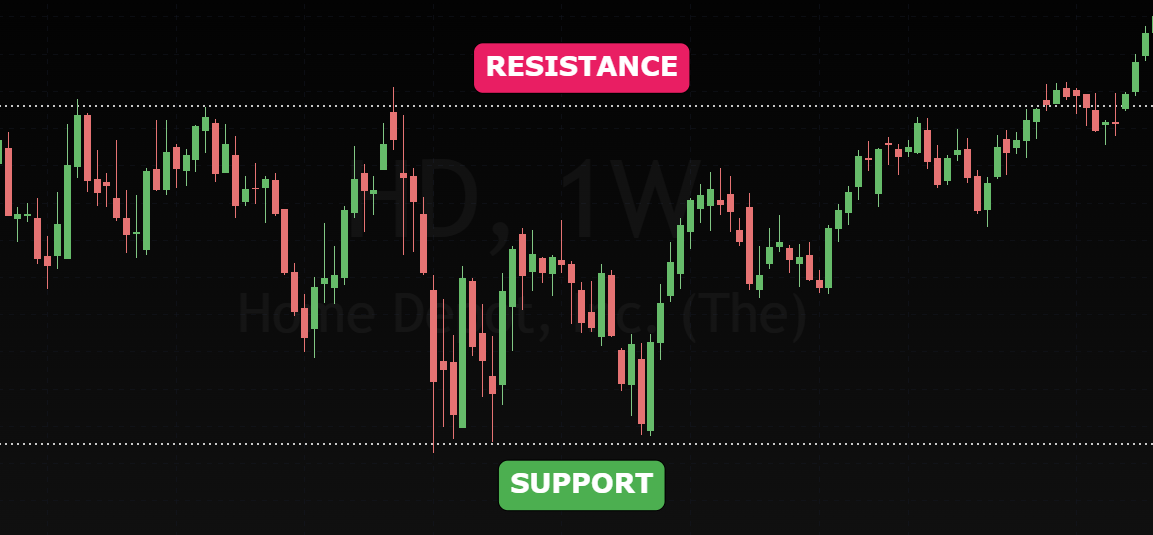
What are Moving Averages?
Moving Averages or the (MA) is a technical analysis tool that gives the recent updated average current price. The way to get this average is dependent upon the discretion of the trader. It can be done either weekly, monthly or even annually.
Now that we are familiar with a few essential terms, it is time to take the discussion up a notch.
What are some of the good Technical Indicators out there?
Needless to say that there is a variety. However, our primary focus here is to get you acquainted with those who have proven beneficial for other day traders. These are the trend indicators, giving you comprehensive market data and exponentially improving your trading volume.
Bollinger Bands:
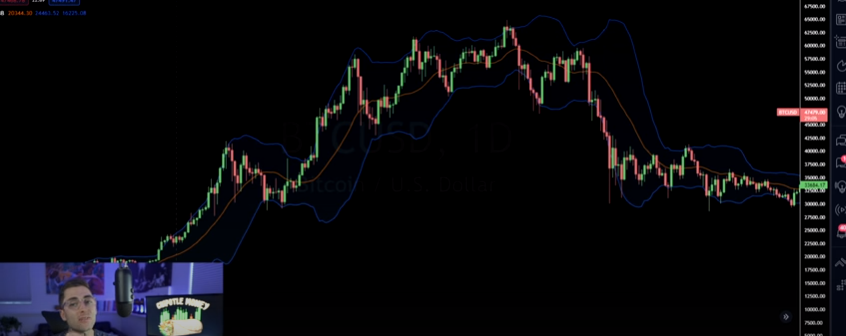
Known as a handy momentum indicator, which is able to give buy and sell signals seamlessly, this index gives some pretty useful insights into volatility. A band is determined with the assistance of a 20 day Simple Moving Average. One can find the top line by adding twice the standard deviation into the band.
Similarly, if the goal is to find out the bottom line, then that too is achievable by subtracting the value at hand from twice the daily standard deviation taken out. This band gives an indication of not only how the price moves but also into the overbought or oversold conditions.
Hence, the result is easier day trading for investors with full awareness regarding the stock chart and the average price on the market.
Ripster Cloud:
This is an indicator that caught our attention on Twitter. Now, it has become mandatory for us to utilize this for all forms of trading which we conduct. It is truly a gamechanger and saves you a ton of money. You need to ensure that you have two bullish clouds (also known as confirmation clouds).
Known as the EMA Cloud by Rispster, the concept is that it serves as both a form of support and resistance for Intraday& Swing Trading. Effective for use as little as 10 minutes a day, the rewards associated with it for all investors are unparalleled. It offers more than 100% return in the long run.
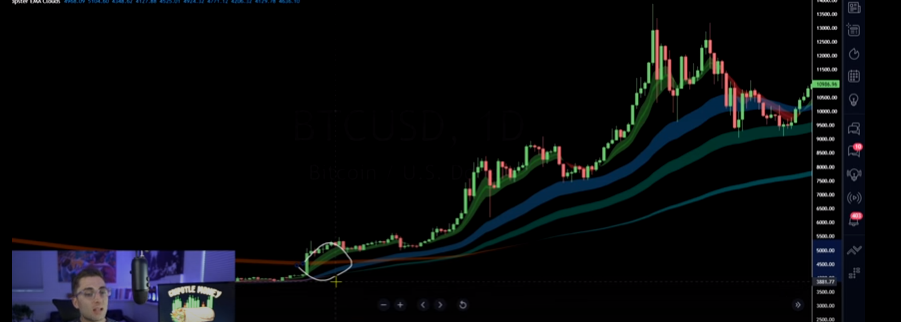
Relative Strength Index (RSI):
One of the best momentum indicators proven to deliver an outstanding technical analysis is the Relative Strength Index (RSI). An unbeaten indicator suggests either the oversold or overbought market by helping you weigh your investment objectives.
This measures the security's price adequately and aids you in forming a good analysis as to whether you should be purchasing the asset or not.
This tool came into existence with the help of J. Welles Wilder. The primary thing to denote here is that the asset's price can soar high for the time being, while the Relative Strength Index indicates the overbought and oversold levels. Therefore, this trend indicator is seen to work best only when its signal is in conformity with the current price trend.
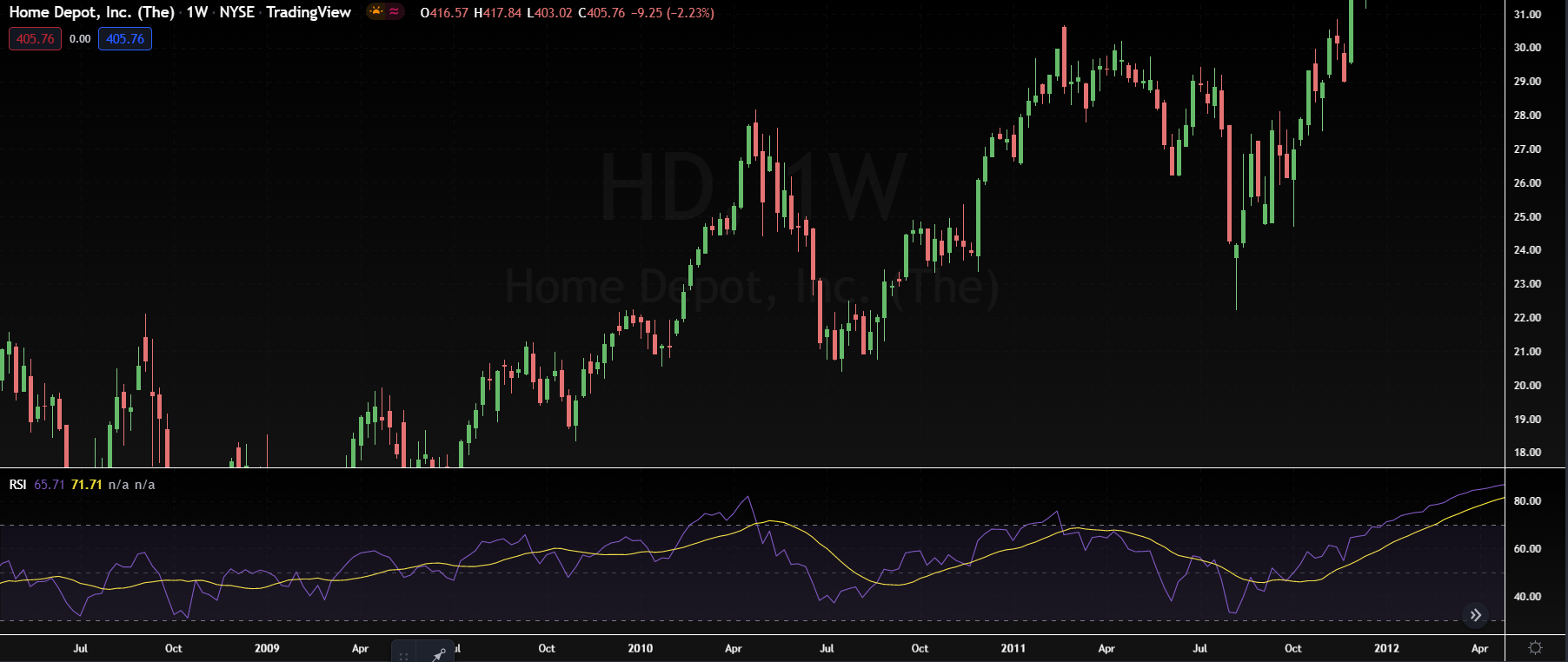
Moving Average Convergence/Divergence (MACD)
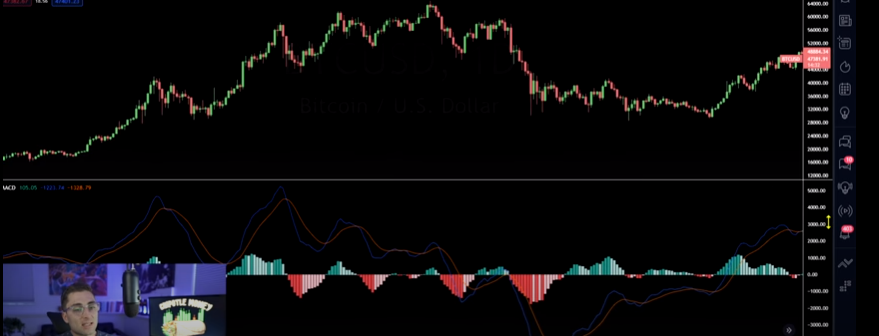
Another technical indicator that works great in assessing market trends is the Moving Average Convergence Divergence (MACD). The MACD is a moving average indicator, to be precise.
A signal line is capable of providing additional information regarding buy and sell signals. This is where the idea of the MACD Line then comes into play. This assesses moving averages by subtracting a MACD line, which ranges up to an exponential moving average (EMA) of a 26-period from the 12-period EMA.
There is no surprise that will be multiple indicators out there; each will have its unique functions. The EMA has the same ideology, but the catch is that only the most recent price movement is taken under consideration.
The second MACD line under this day trading indicator is a 9-period EMA. Once more, it will consider only the most recent price data, but the difference is that there will be the signaling of a bearish trend. When the line cross below the signal line. On the other hand, if the line cross above the signal line, then the price trends will tilt in favor of a bullish trend instead.
If we are completely honest with you, then the two abovementioned are the most popular technical indicators out there, which are useful in scrutinizing financial markets, and are regularly used in day trading.
However, there are certain other indicators for day trading, which are also gradually becoming popular among retail traders and investors alike.
The Market Mover Indicator:
It helps produce a lot of divergent readings and offers a more comprehensive analysis when put side to side with the MACD. The idea is that even if the price action isn't going anywhere, but the indicator continues to go in one direction, then that means there is weakness in the market.
If you don't have an indicator that showcases your divergence, then the chances are that you are in for a ride, and it won't be present. This is where the Market Mover Indicator comes to the rescue by making it easier for you to assess the divergence to avoid losses later.
The indicator gives you greater control over trading with the help of its buying signals already in place (also known as hitting Bullish Divergence). The deciding factor is then tons of lower lows and tons of higher lows, leading to a great entry point, which is viable for investment. This is what the indicator at hand sheds light on.
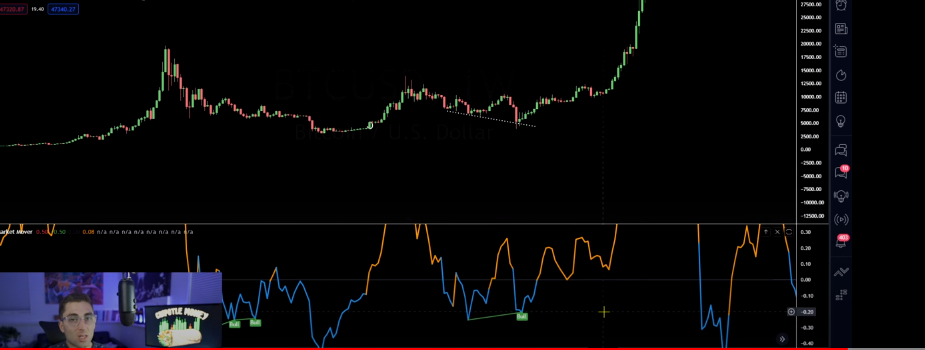
What other Technical Indicators are available?
Some of the other volume indicators which do an impeccable job in determining trading signals and, therefore, the price momentum are inclusive of:
Exponential Moving Average (EMA):
Exponential Moving Averages are becoming highly popular throughout the globe. The reason idea this particular index ends up giving a volume-weighted average price, which makes it easier to look at the price trend that is currently set on the market.
However, it is a lagging indicator, but then again, all leading indicators are, which is why the EMA isn't a bad idea when you have to invest in the stock market, seek information regarding the price action, or look at the price chart.
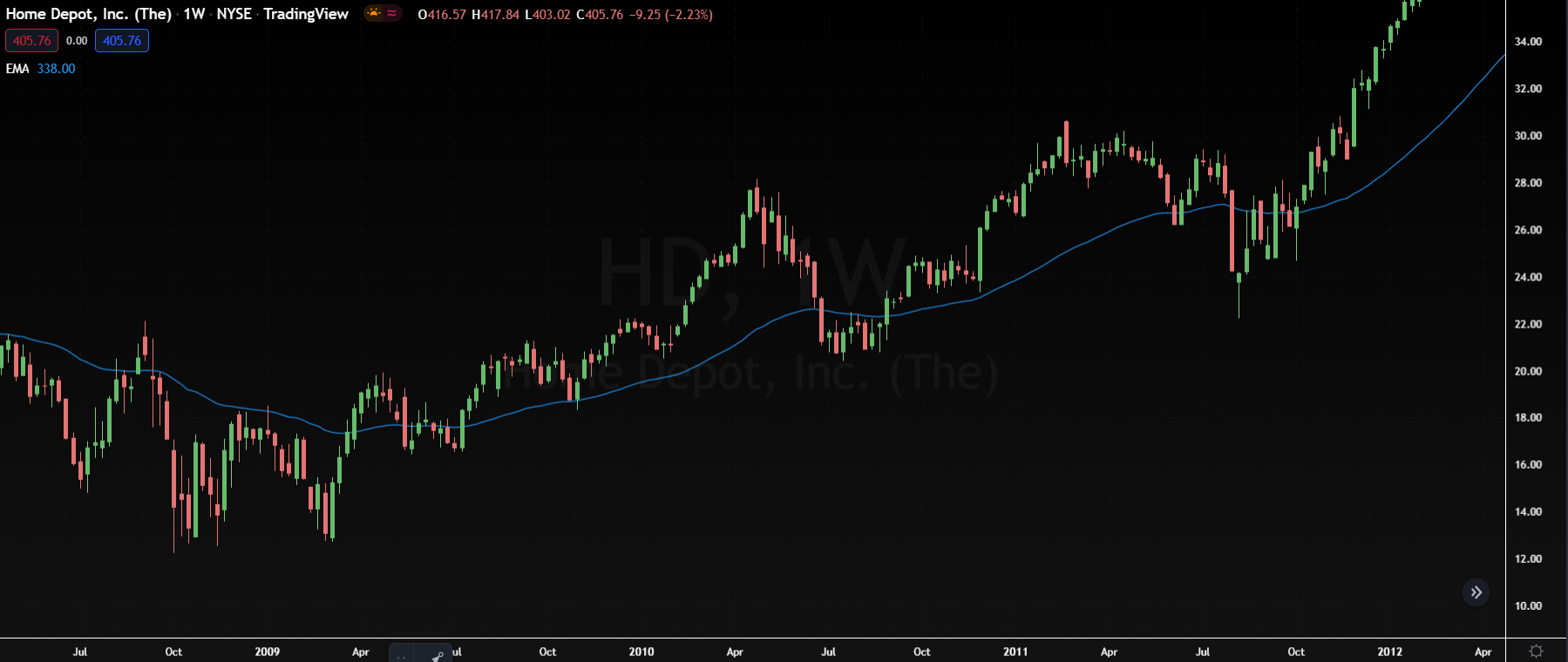
Fibonacci Retracements:
The following is another leading indicator that makes usage of Fibonacci numbers to identify particular areas of either price support or resistance along a line. This is done between a low price and a high price trend line.
Additionally, the Fibonacci retracement levels are useful in providing trade signals and an indication of certain areas where a price reversal is expected.

On Balance Volume (OBV):
The OBV is a momentum indicator that can easily measure the positive and the negative balance volume. It was developed as a volume indicator by Joseph Granville to assess any major movements in the market.
Average Directional Movement Index (ADX):
This is another intriguing Index that came into being courtesy of Welles Wilder for daily charts. Now, it is used as a test of strength in technical analysis.
The idea is that if the trend is above 25, it is considered strong. But, on the contrary, if it is below it, the trend is weak. Owing to its ability to scrutinize positive and negative directions, the Average Directional Index is famously called Trend Following Momentum Indicator.
Now that we have illuminated upon some of the most popular technical indicators, which are widely used around the world, a question that often tends to arise is:
What indicators do day traders use most?
In trading, there is no need to go by the book and use only one indicator. All of the above, such as the ADX, the RSI, and Moving Averages, are employed in conjunction with one another to exhibit the most accurate trading results there are so that they can craft their investment ideas around them.
What is the best combination of indicators for Day Trading?
Here, it depends on the situation and what you are going for. All the technical indicators we mentioned earlier do an outstanding job analyzing the price action and forming judgments. However, when the task comes to figuring out some potent combinations, which are truly going to blow your mind away, then they are:
The RSI and the Moving Average:
For instance, if you are making use of a 10 or 20-period EMA crossover, then the RSI readings can confirm the possibility of overbought/oversold conditions, along with information on the chances of any potential reversal.
The ADX and RSI Indicators:
Another deadly combo is these two. Whereas the ADX indicator gauges the trend's intensity, the RSI serves a deeper purpose: to keep an eye out for and inform regarding entry signals.
Additionally, because both the RSI and the ADX use the same 20-period setting, this means that they both can intermingle and work with each other efficiently, without any problems.
What chart do Day Traders use?
Some charts that traders do utilize are:
Tick charts:
These charts give an insight into the intraday price action in terms of the quantity that has been traded. Once a trade has been completed, a tick mark will appear.
Price charts:
This is majorly a price sequence, plotted within a specific timeframe. They exhibit the chance in a security's movement over a time period.
Stock charts:
A stock chart depicts the amount of volume that has been purchased over time. The prices are also listed to make buying and selling easier.
What is the purpose of such charts?
The underlying objective is to ensure that the amount of market data collected is sufficient and gives an accurate representation for all retail traders. This then has the added advantages of:
- Illustrating to investors the best time frame for investment
- Whether there is any selling pressure or not
- How profitable will the investment be
- Clues regarding the closing price
- Immaculate crafting of investment objectives for the future
- Real-time prices
- Constant updates on the amount of incoming and outgoing trading volume.
The Bottom Line: The Technical Indicators Above Will Become Your Best Friends If You Give Them The Opportunity!
Day trading is no joke, and there is no denying that a good technical analysis indicator is one that gives you all the knowledge you need regarding the price trends, recent data points, and how the price moves.
The reason is that once you do possess such crucial knowledge, it is only then that you will be able to work on those investment objectives and pave the pathway towards their fruition.
Above the Market Mover Indicator, the Relative Strenght Index, as well as the Average Convergence Divergence MACD are all trading indicators that are bound to assist you in your journey ahead.
Before we conclude, the main takeaway which you get from this is that all these indicators will provide trade signals, but you have to decide which one is closely aligned with your needs.
Frequently Asked Questions (FAQS):
Is 1% a day day trading realistic?
Though to many, the amount may seem like a very minimal percentage, but in reality, the reward associated with it is high.
The reason is that, for example, if you make several trades in a single day, then by gaining even just a few percentage points, you will be earning quite handsomely.
Can you make 10% a day day trading?
With a favorable risk and reward ratio, you are certainly in a position to benefit from a 10% a day day trading.
The key is to maintain that level of capital, which you can manage. Any more than the optimum level can make it difficult to keep track of those returns.
What indicator should I use for day trading?
There is a variety to choose from, such as:
- The RSI
- Exponential Moving Averages
- On-Balance Volume
- Bollinger Bands
It particularly all boils down to your needs and what your preferences are.
Trade with us!
If you're looking for a more sophisticated and educational options trading experience, look no further than "Market Moves Premium Options Trading Group." Our exclusive 7-day membership offers swing trading set-ups, fast text signals, and +100 hours of educational content. Plus, you'll have access to live trading sessions twice per day. So if you're ready to take your options trading to the next level, join us today!
Financial Disclaimer: Market Moves LLC is a company that provides education in financial and stock market literacy. WE ARE NOT FINANCIAL ADVISORS. In fact, it is illegal for us to provide any financial advice to you. Under U.S. law, the only persons who can give you financial advice are those who are licensed financial advisors through the SEC. Results shown from Market Moves LLC or customers who use our product and/or service are individual experiences, reflecting real-life experiences. These are individual results, and results do vary. Market Moves LLC does not claim that they are typical results that consumers will generally achieve. Past performance does not guarantee future results. You should not rely on any past performance as a guarantee of future investment performance












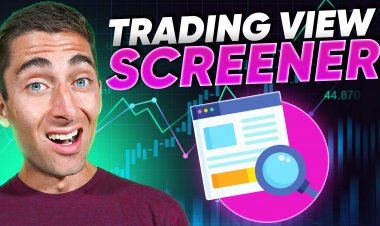




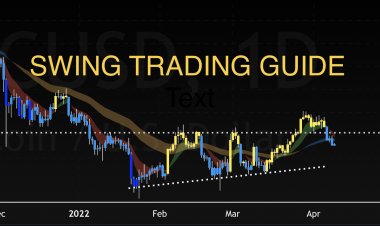
![Webull Paper Trading Options [Complete Guide!]](https://tradewithmarketmoves.com/uploads/images/2022/05/image_380x226_6272b567442d8.jpg)
